

|
|
|


|
|
1/10 Scale Electric Rally/Touring Car:
Thunder-Tiger TS-4e Sport V2 - BMW M3 GTR - 6524-F* - Radio Controlled ModelHistory and Info:
Introduced by Thunder Tiger in 2005, the BMW M3 GTR - TTR 6524-F76A2 - based on the entry level TS-4e Sport V2 Rally / Touring Car Chassis, came factory assembled RTR, with a pre-painted lexan Bodyshell, a 540 Motor, ESC and Radio System pre-installed. A Battery and Charger to be purchased separately.
▼ Scroll Down for More Images ▼
|








|
|
|

★ Thunder Tiger TS-4e Sport V2 Chassis ★
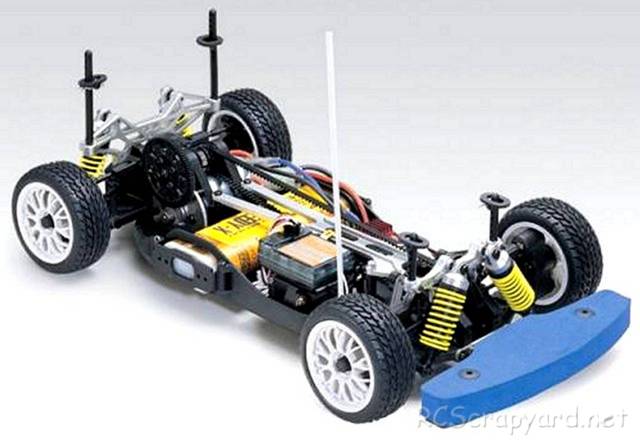
★ Thunder Tiger TS-4e Sport V2 Chassis ★
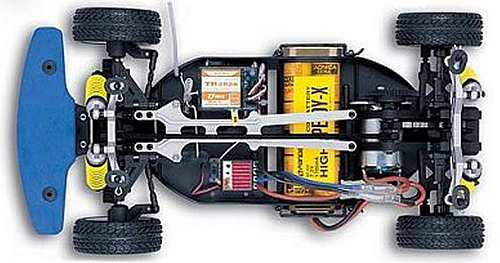
★ Thunder Tiger TS-4e Sport V2 Chassis ★
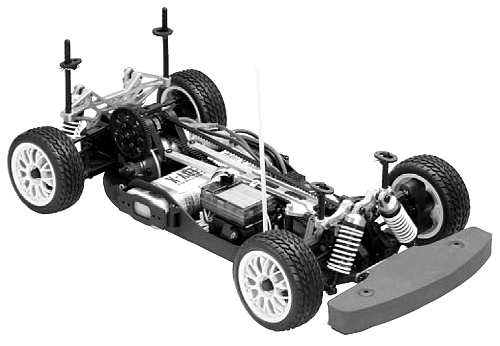
★ Thunder Tiger TS-4e Sport V2 Chassis ★
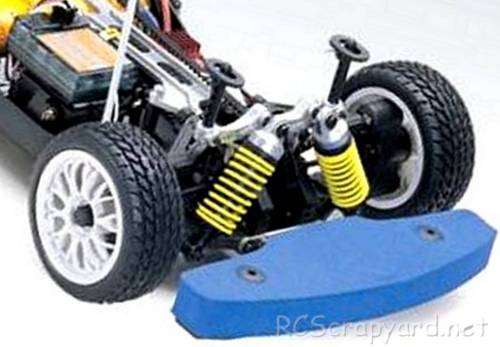
★ Thunder Tiger TS-4e Sport V2 Chassis ★
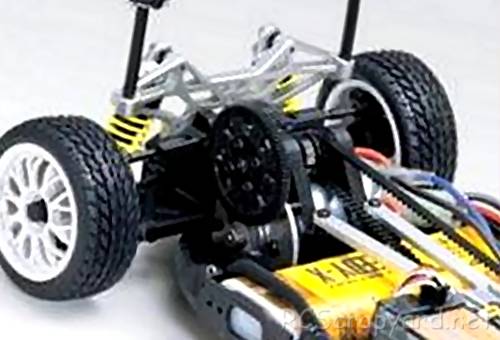
★ Thunder Tiger TS-4e Sport V2 Chassis ★
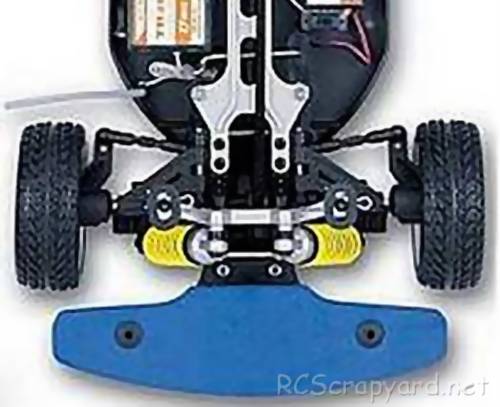
★ Thunder Tiger TS-4e Sport V2 Chassis ★
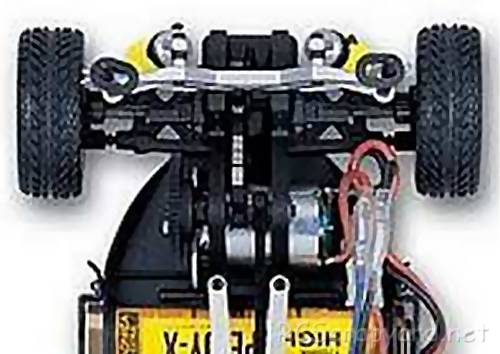
|
Buying a Used Thunder-Tiger TS-4e V2
|
|
Manufacturers and Brands Catalogued, Listed and Reviewed by RC-Scrapyard.
At present, the RC Model Manufacturers, Brands and Distributors covered by us are: ABC Hobby, Academy, Acme Racing, Agama Racing, Amewi, Ansmann Racing, ARRMA, Team Associated, Atomic RC, Axial, AYK, Bolink, BSD Racing, Capricorn, Carisma, Carson, Caster Racing, Cen, Corally, Custom Works, Durango, Duratrax, ECX - Electrix, Exceed RC, FG Modellsport, FS-Racing, FTX, Fujimi, Gmade, GS-Racing, Harm, HBX, Helion, Heng Long, Himoto Racing, Hirobo, Hitari, Hobao, Hong-Nor, Hot Bodies, HPI, HSP, Intech, Integy, Jamara, JQ Products, Kawada, Kyosho, Losi, LRP, Maisto, Mardave, Marui, Maverick, MCD Racing, Megatech, Mugen, New Bright, Nichimo, Nikko, Nkok, Ofna, Pro-Pulse, Protech, PTI, RC4WD, Redcat Racing, RJ-Speed, Robitronic, Schumacher, Seben, Serpent, Smartech, Sportwerks, Step-Up, Tamiya, Team-C Racing, Team Magic, Thunder Tiger, Tomy, Top Racing, Traxxas, Trinity, Tyco, Vaterra RC, Venom, VRX Racing, WLToys, X-Factory, Xmods, Xpress, Xray, XTM, Yankee RC, Yokomo, ZD Racing and Zipzaps. |
Information and AdviceElectronic Speed ControllersHistory
ESC were originally developed to be used in conjunction with brushed 27T stock and modified motors in the late 1970s, early 1980s. Compared to modern day Controllers, they were Bulky and heavy, constructed using basic resistors, rheostats, capacitors and transistors, crammed together on a simple circuit board, to provide stepped but smooth acceleration when compared to the old mechanical, servo operated sweeper Speed Controllers. An Electronic Switch to change the direction of current flow was used on some of these early ESC to give reverse operation. Although they were a vast improvement on the old mechanical speedos of the time, they were expensive, jerky to control, and prone to burn out if not carefully looked after. |
|
Hints, Tips and Information
Roll Center
One of the least understood settings on RC model cars is concept of roll center. The simple definition of roll center is a point in space that the chassis rolls from side to side as the car maneuvers around a corner. The Effect of Roll Center on your Car
But what does all this mean? I hear you ask. Well, it gives you some insight to what changing the position of your camber links can do to the way your car handles. |
|
RC Models:
|
Radio & Motors: |
Other
Accessories: |